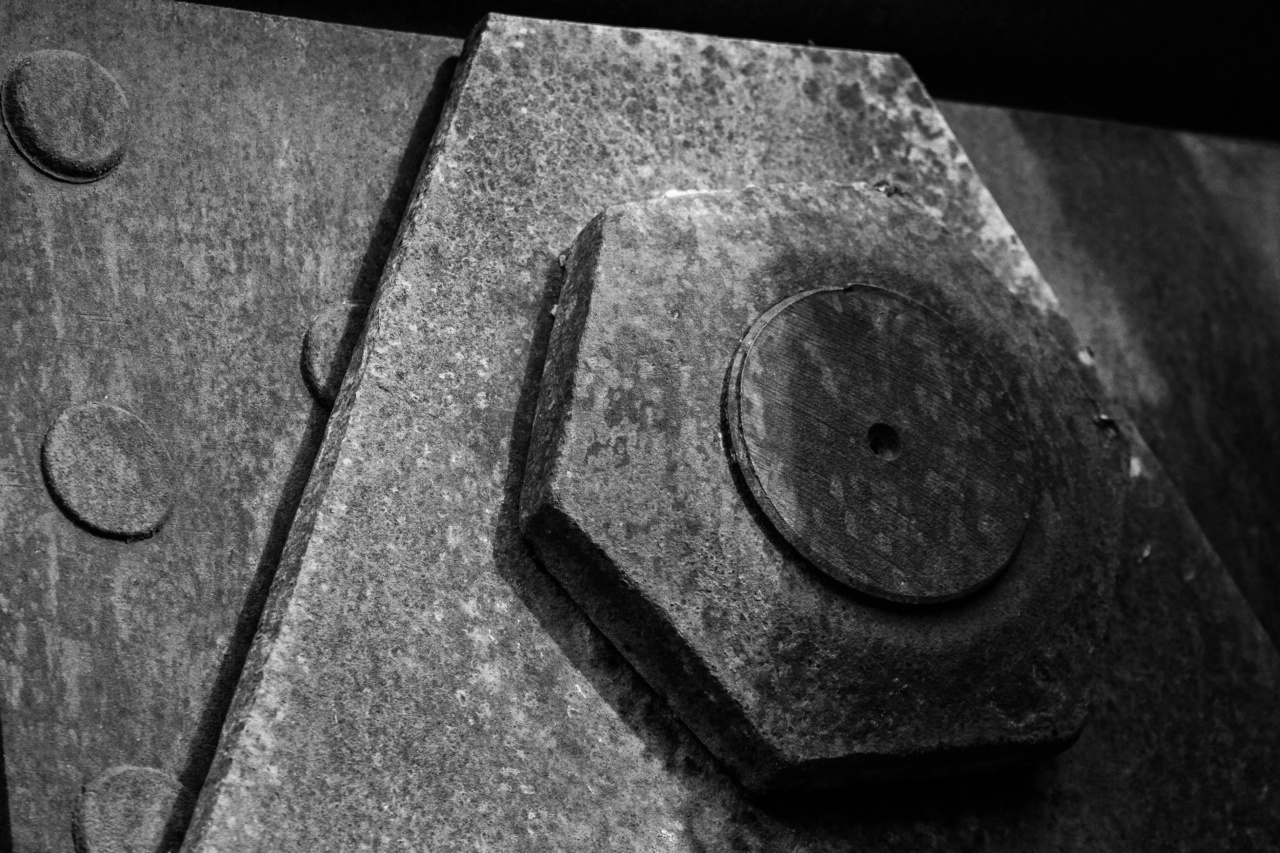Iron is an essential mineral for the human body. It plays a vital role in the production of red blood cells (RBCs), which transport oxygen to the various tissues and organs of the body.
It also helps in the formation of hemoglobin, which gives blood its characteristic red color. Iron deficiency is a common nutritional deficiency worldwide, and it is particularly prevalent among women, especially during their reproductive years. Menstruation is an important factor in this regard.
The Relationship between Menstruation and Iron Deficiency
Menstruation is a natural process that occurs in women of reproductive age. It involves the shedding of the uterine lining, which is rich in blood vessels and nutrients.
During menstruation, women lose a significant amount of blood, along with iron and other essential nutrients. This can lead to iron deficiency if the iron intake is not adequate to compensate for the loss.
Iron deficiency during menstruation can have adverse effects on the health and well-being of women. It can cause fatigue, weakness, shortness of breath, dizziness, headaches, and other symptoms.
Severe iron deficiency can lead to anemia, which is characterized by a decrease in the number of RBCs in the body. Anemia can cause a range of symptoms, including pale skin, chest pain, irregular heartbeat, and more.
Risk Factors for Iron Deficiency in Women
Several factors can increase the risk of iron deficiency in women, particularly during menstruation. These include:.
- Heavy menstrual bleeding: Women who experience heavy periods are more likely to develop iron deficiency due to the increased loss of blood and iron.
- Poor diet: Women who have a diet low in iron-rich foods are more likely to develop iron deficiency during menstruation.
- Pregnancy: Pregnant women require more iron to support the growing fetus, and if their diet is inadequate, they may develop iron deficiency anemia.
- Medical conditions: Some medical conditions, such as inflammatory bowel disease (IBD) and celiac disease, can interfere with the absorption of iron from food and lead to iron deficiency.
Diagnosis and Treatment of Iron Deficiency during Menstruation
The diagnosis of iron deficiency during menstruation involves a blood test to check the level of hemoglobin and serum ferritin (a protein that stores iron in the body).
Blood tests may also indicate the size and shape of RBCs, which can provide further clues about the underlying cause of iron deficiency.
Treatment for iron deficiency during menstruation usually involves increasing the intake of iron-rich foods in the diet and taking iron supplements if necessary.
Iron-rich foods include red meat, poultry, seafood, beans, lentils, spinach, and other leafy greens. Women who are pregnant or have severe anemia may require intravenous iron therapy or blood transfusion.
Preventing Iron Deficiency during Menstruation
Preventing iron deficiency during menstruation involves maintaining a healthy diet and taking iron supplements if necessary. Women should include iron-rich foods in their diet, such as red meat, poultry, fish, beans, and leafy greens.
Consuming foods rich in vitamin C, such as citrus fruits, can help to enhance the absorption of iron from plant-based sources.
Women with heavy menstrual bleeding may benefit from using menstrual products, such as tampons or menstrual cups, that have a higher capacity to absorb blood.
They may also consider taking non-steroidal anti-inflammatory drugs (NSAIDs) to reduce menstrual flow and pain.
Conclusion
Iron deficiency is a common problem among women, particularly during their reproductive years. Menstruation can increase the risk of iron deficiency due to the loss of blood and iron.
Women can take steps to prevent iron deficiency during menstruation by maintaining a healthy diet, including iron-rich foods, and taking iron supplements if necessary. Early diagnosis and treatment are important to avoid complications and improve the overall quality of life.




























